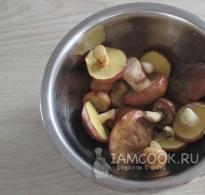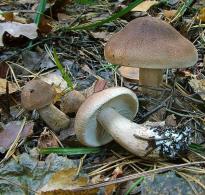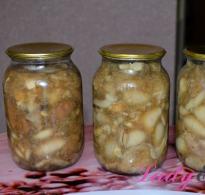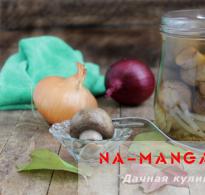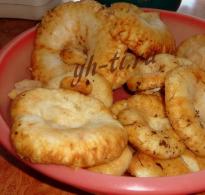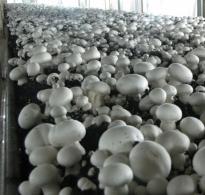False chanterelles: how to distinguish?
Chanterelles are very healthy and tasty mushrooms. They have a number of properties - they have an anthelmintic effect, improve liver function, remove radioactive substances from the body. In addition, the composition of chanterelles includes a huge amount of vitamin C, polysaccharides and carotene.
false chanterelles do not have such properties. True, they can not be called poisonous either. They belong to the group of conditionally edible mushrooms, which can be eaten only after pre-soaking and heat treatment. There are no useful properties in them, and their taste leaves much to be desired. False chanterelles have another name - orange talkers.
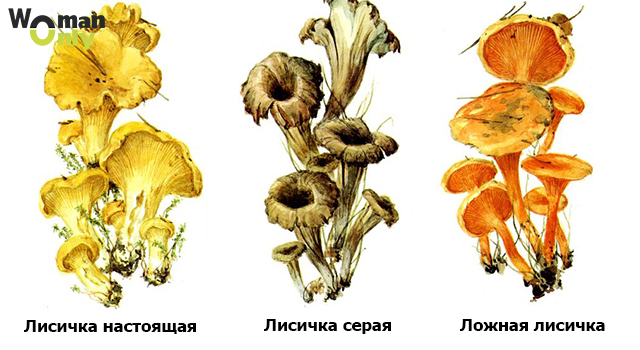
Differences of false chanterelles from the real ones in their appearance and habitat.
Where false chanterelles grow
false chanterelles grow mainly on moss, old fallen trees, forest floor, both in groups and singly.
But you will not find real chanterelles on old rotting stumps and trees. They grow in moss or on soil under foliage. Usually, chanterelles grow in groups. It is very rare to see one fox.
Mushroom shape and cap
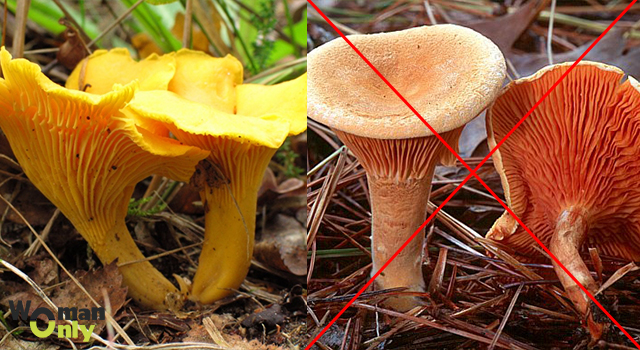
False chanterelles, unlike real ones, have a flat hat with rounded edges. And the size of the hat of the talker is different from the hat of the chanterelle. The cap of the false mushroom is small, about 5 cm in diameter. The cap of a young false chanterelle is slightly convex, and an adult mushroom has a funnel-shaped hat. The surface of the hat at the talker is velvet.
In a real chanterelle, the hat is always with uneven wavy edges. And the hat itself is almost twice as large as that of the false chanterelle - about 12 cm in diameter. In addition, the hat of a real chanterelle is smooth, and not rough, like a false one.
Color
The most obvious difference between a false fox and a real one is in its color.
All talkers have a bright red tint that becomes lighter at the edges.
The color of a real chanterelle can vary from orange-yellow to light yellow, almost white. The color on the surface of the entire mushroom cap is uniform. Young chanterelles are always lighter than old ones.

mushroom pulp
Real chanterelles are incredibly tasty. They have a very bright and pleasant aroma and taste with sourness. Their flesh is quite dense and has a white tint, turning yellowish towards the edges. If you press on the pulp, it becomes reddish.
false chanterelles have an unpleasant odor and are tasteless. The flesh is yellow and friable. When pressed, its color does not change.
Stipe
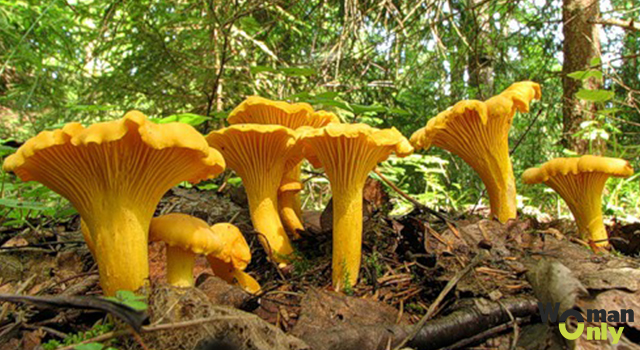
The stem of the false chanterelle is thinner and always straight, clearly separated from the cap. An adult false chanterelle mushroom has a hollow leg. The color of the stem of the mushroom is reddish-orange, darker downwards.
The leg of a real chanterelle is thicker than that of a false one, and tapers downwards. She is never hollow. It has the same color as the hat, sometimes a little lighter. There is no difference between a hat and a leg in a real chanterelle.
mushroom plates
The false chanterelle always has very frequent and thin plates. They have a bright orange tint. The plates never go to the leg, but only reach it.
And finally, one more piece of advice. Chanterelles are not suitable for drying, as they always remain soft. And here is the chanterelle marinade - perfect!

